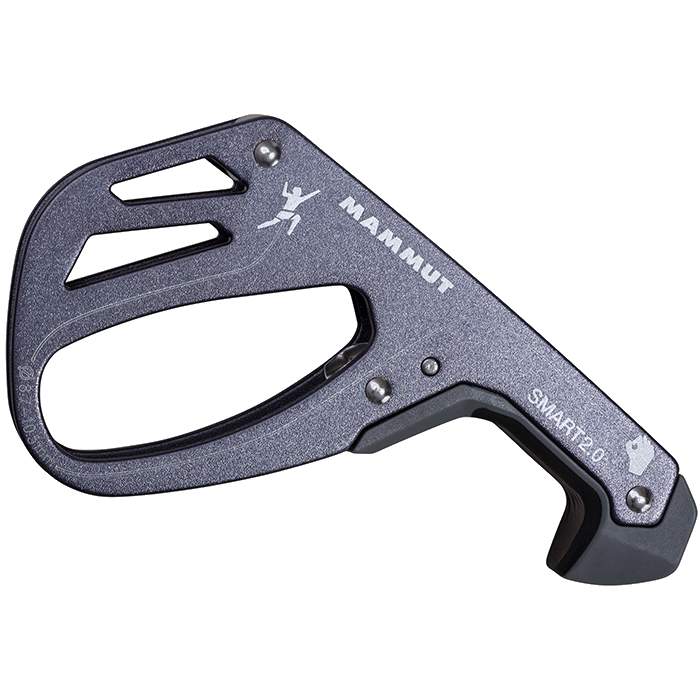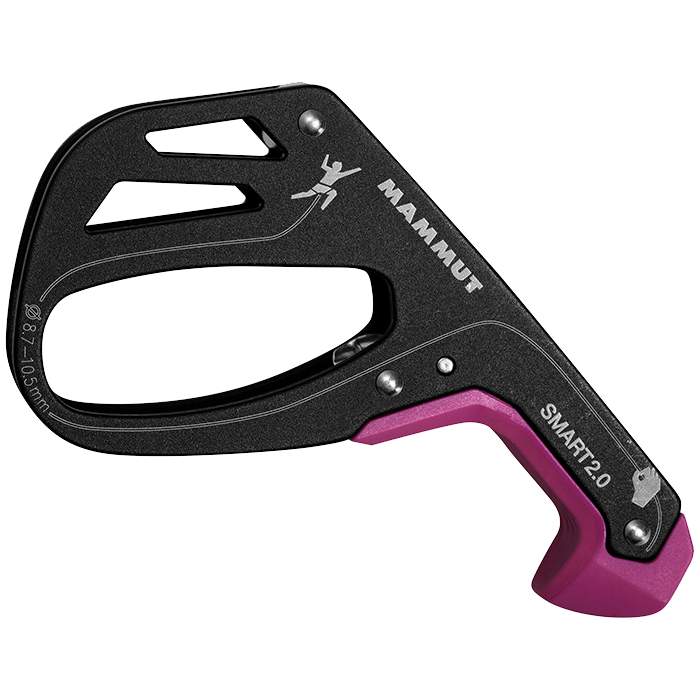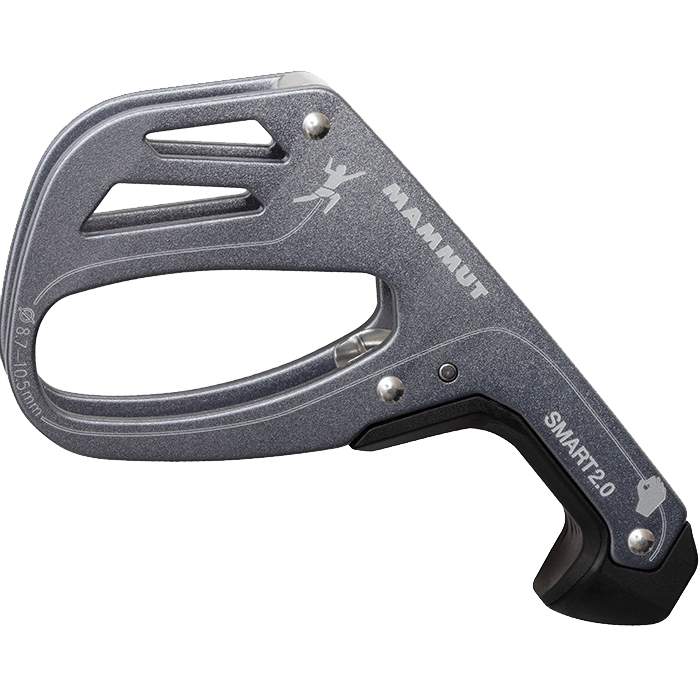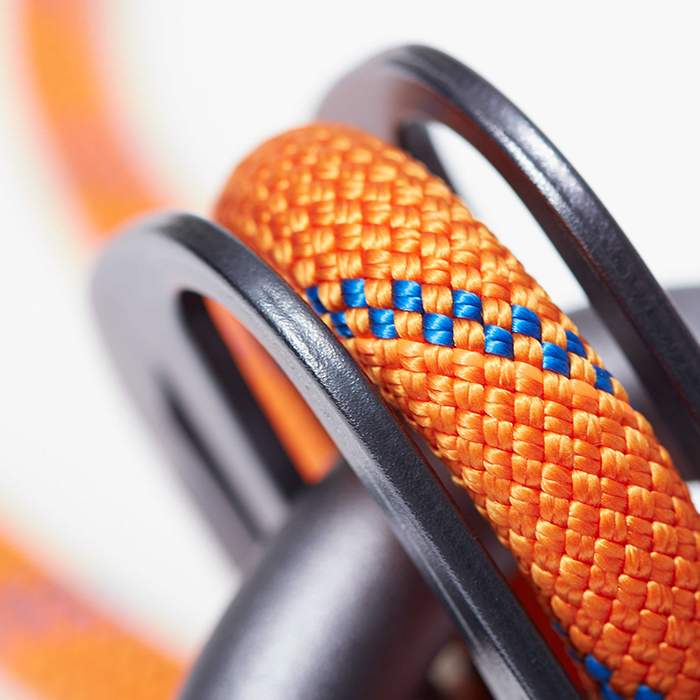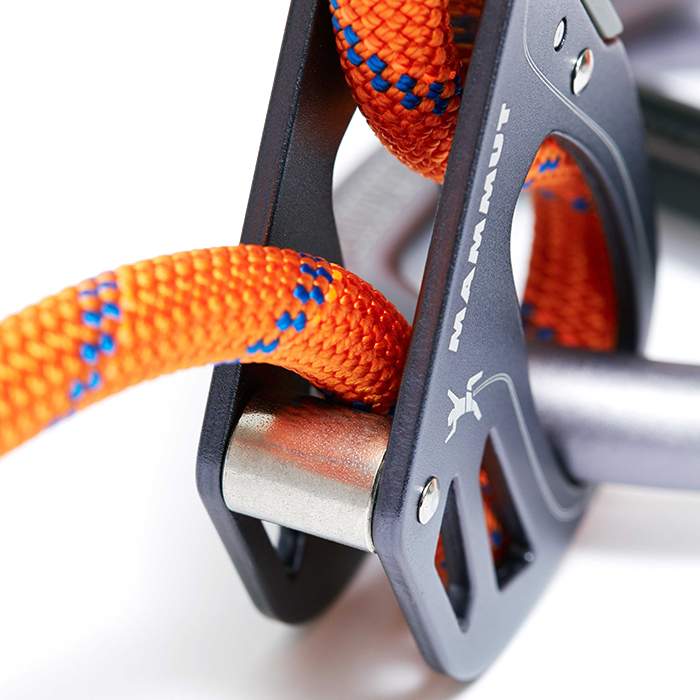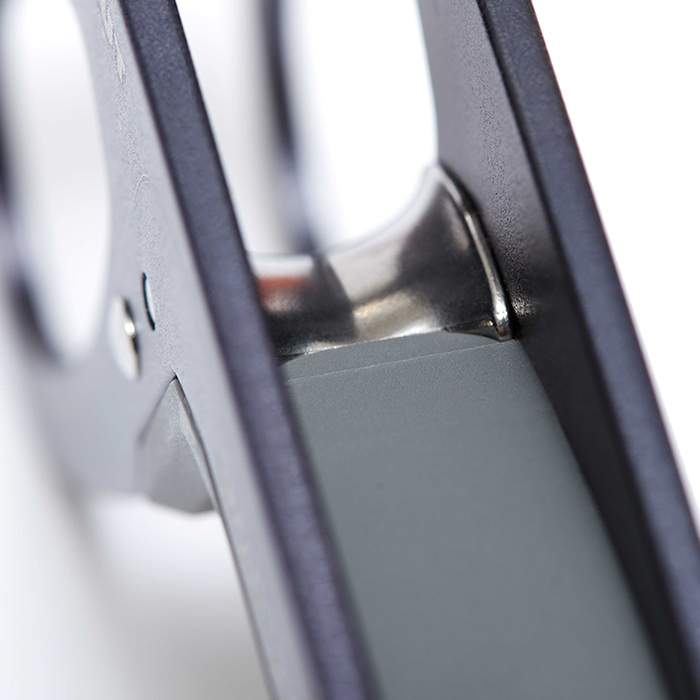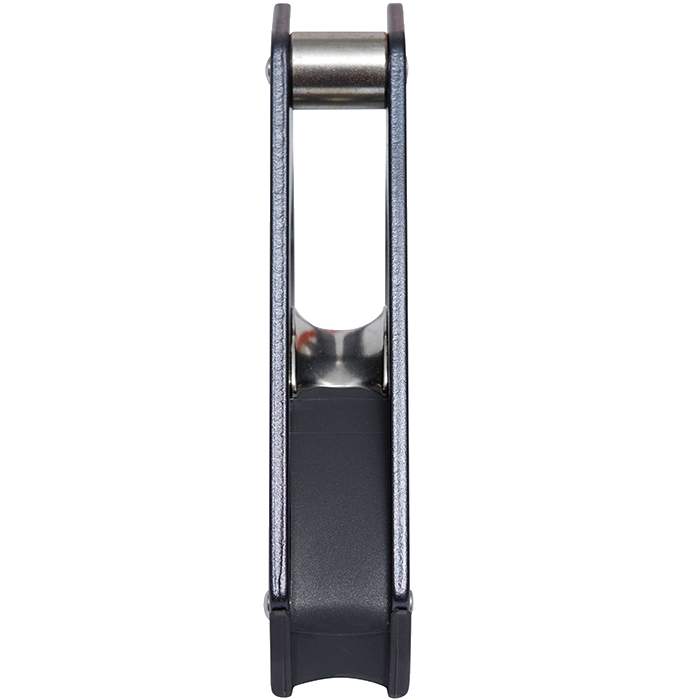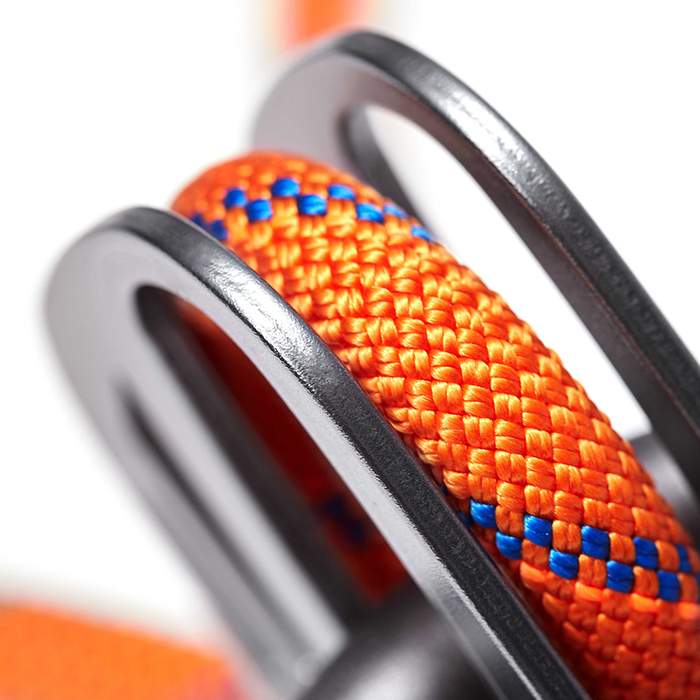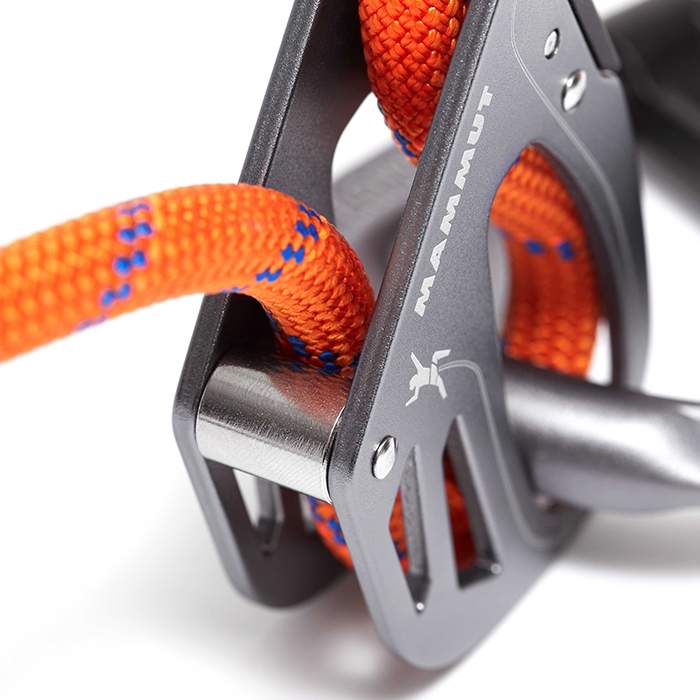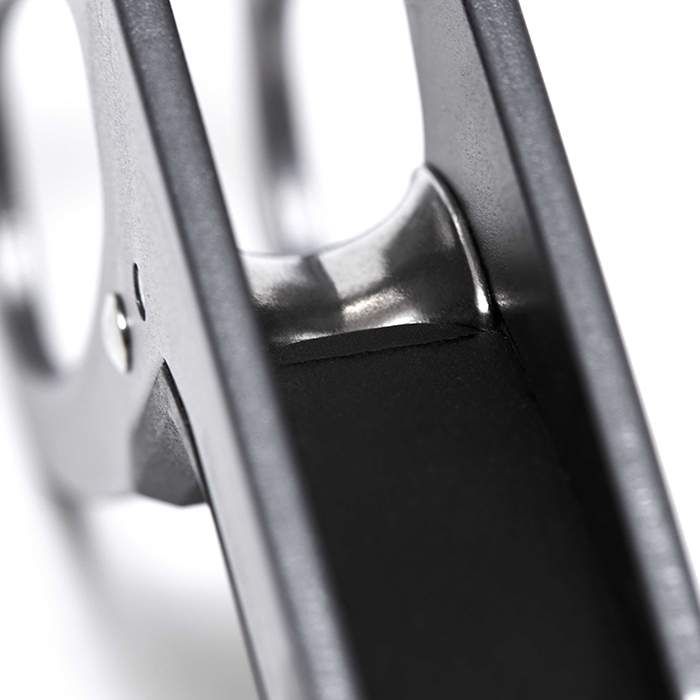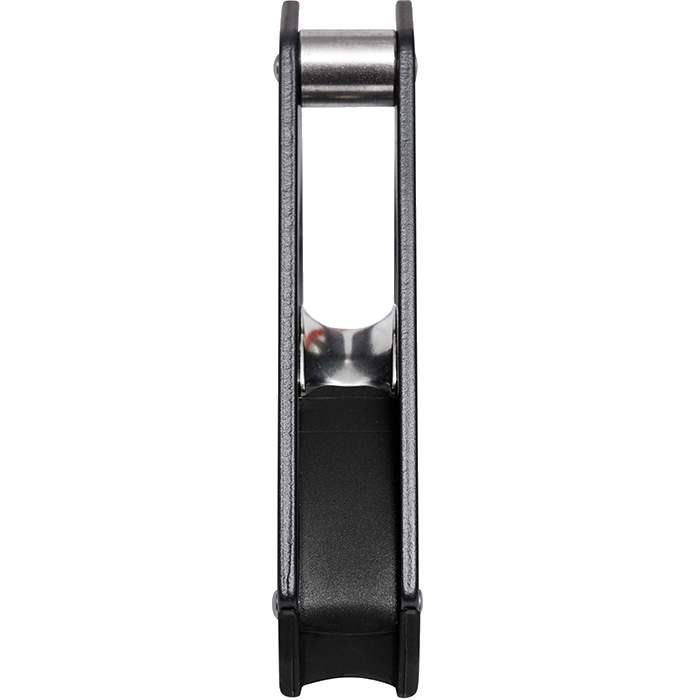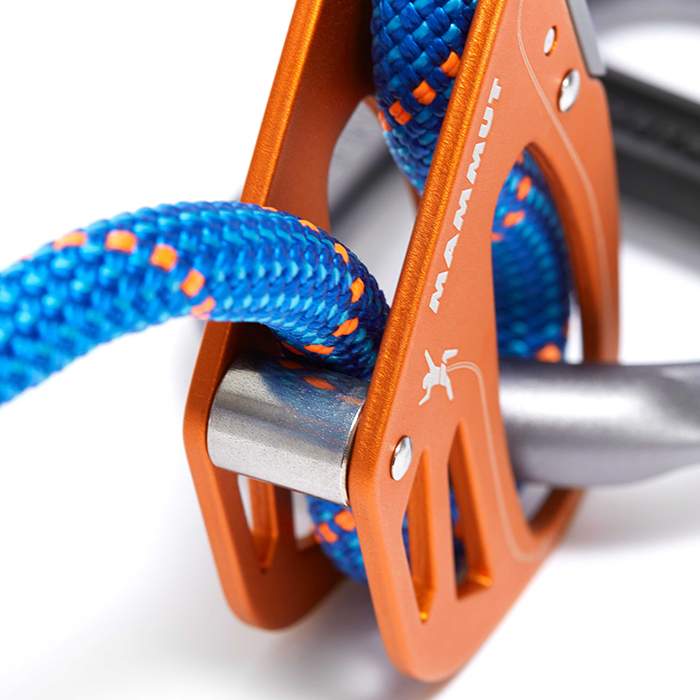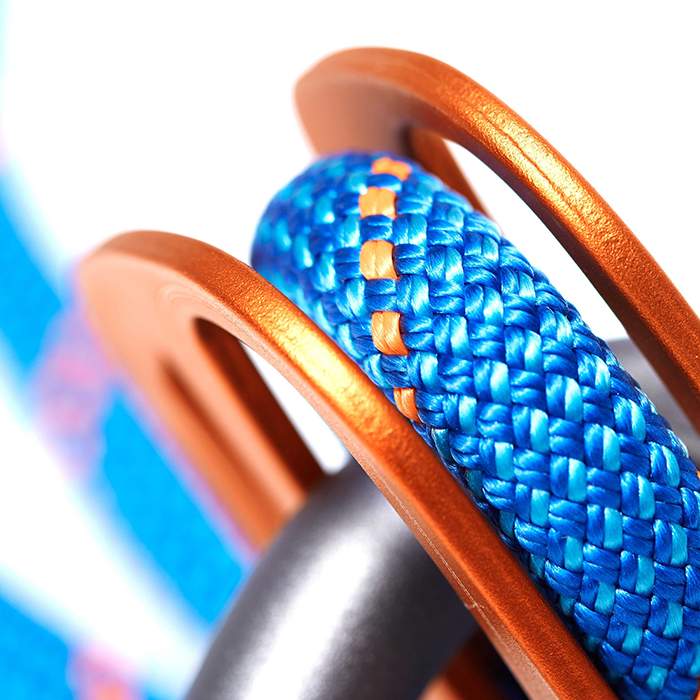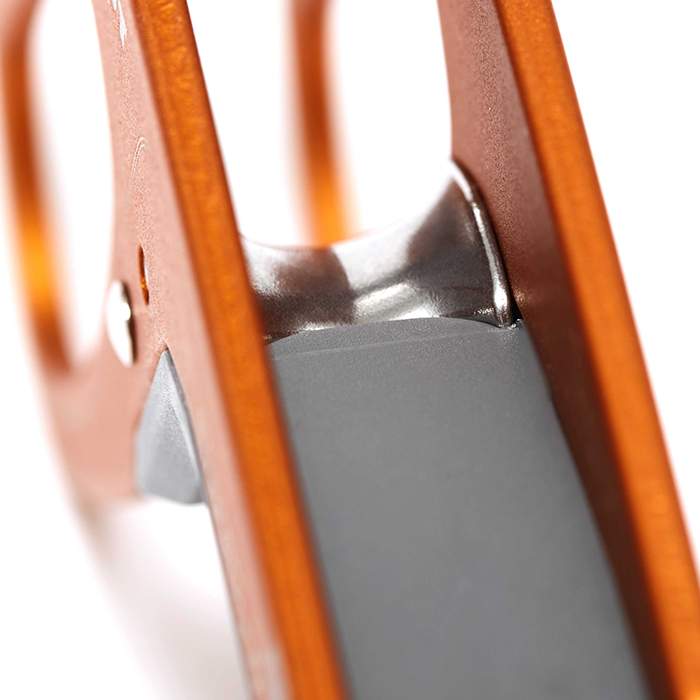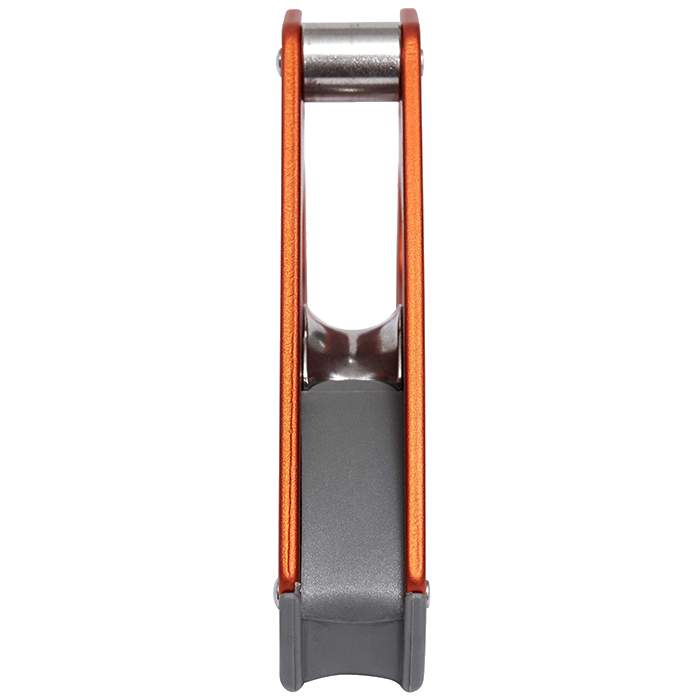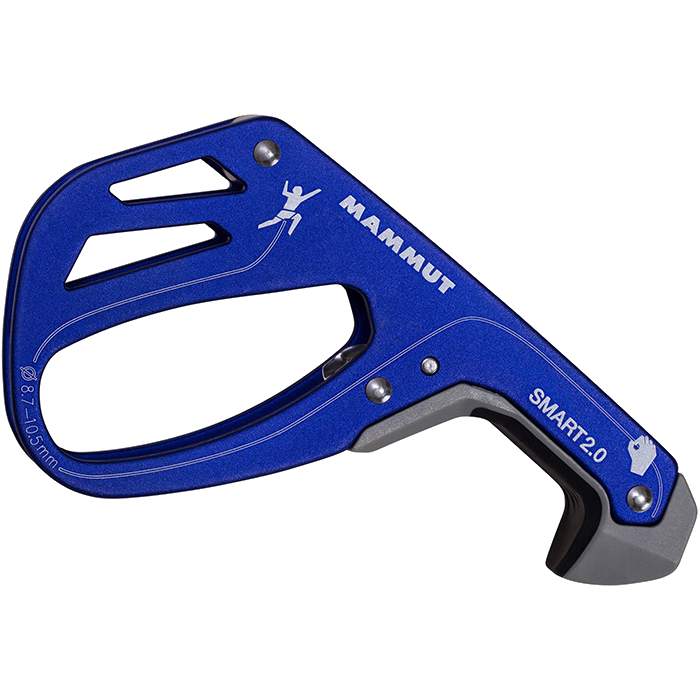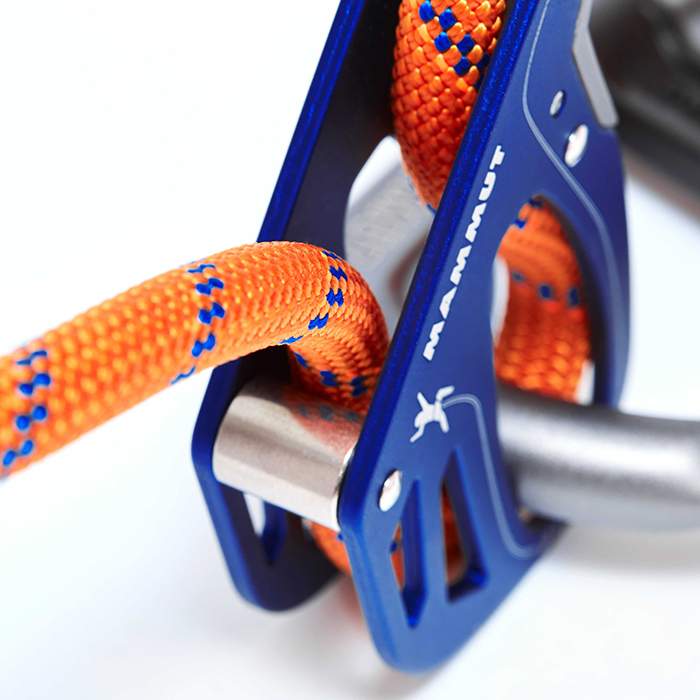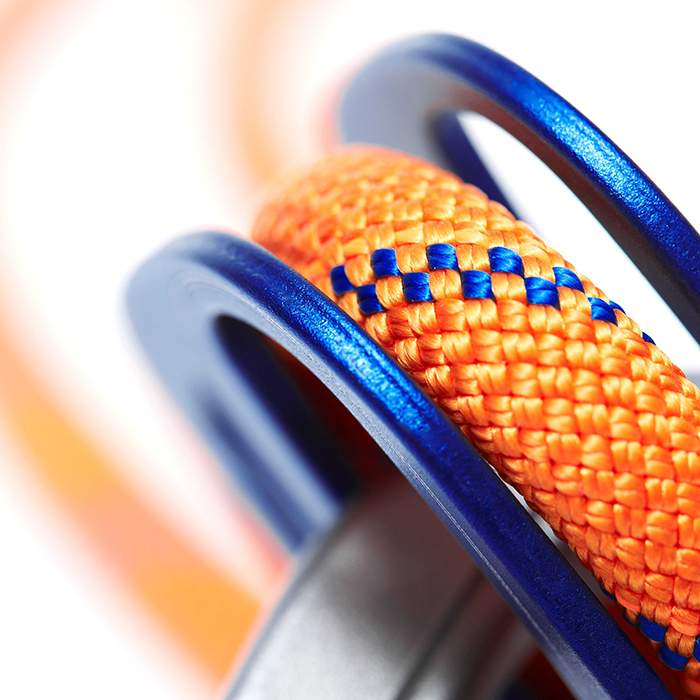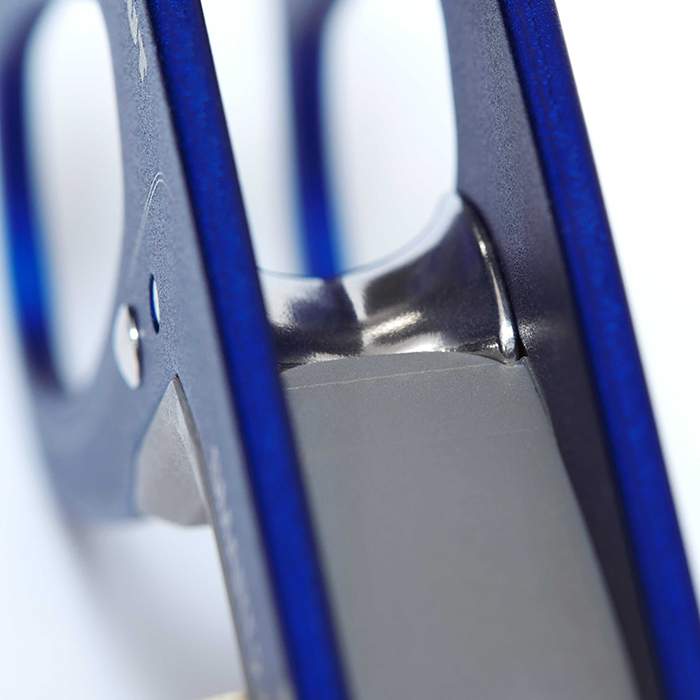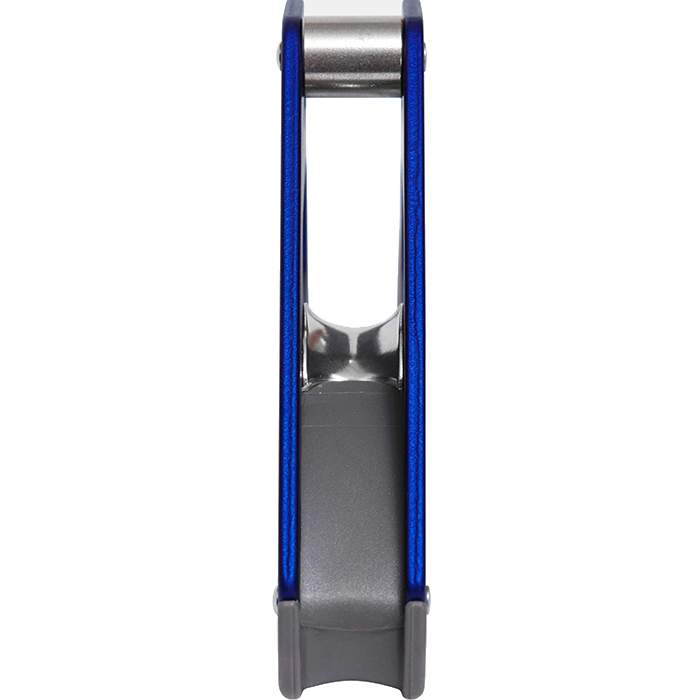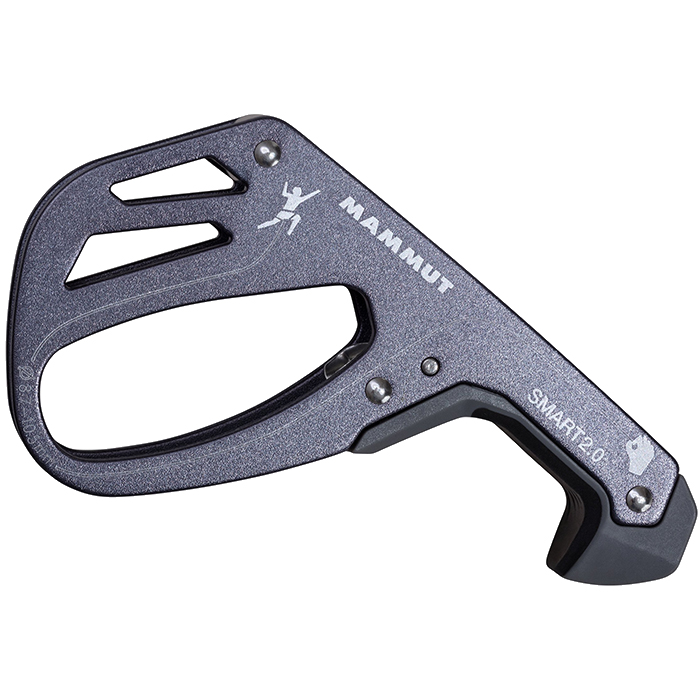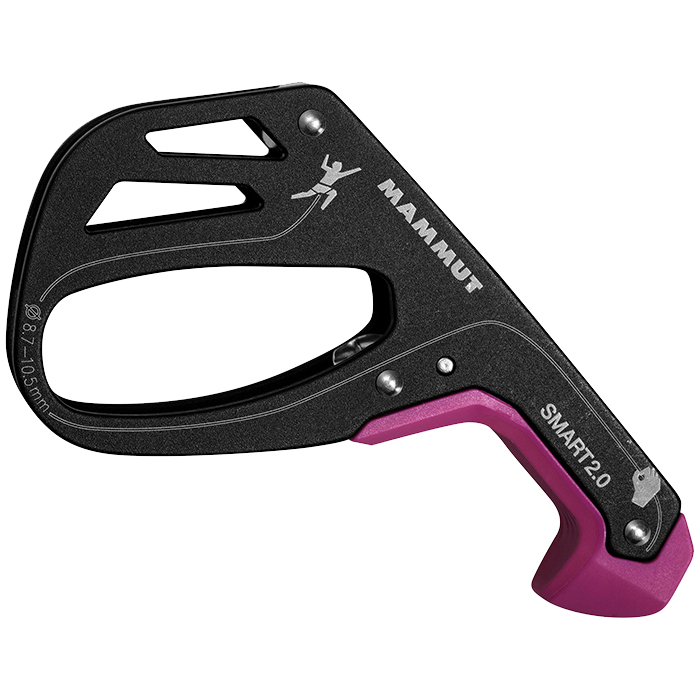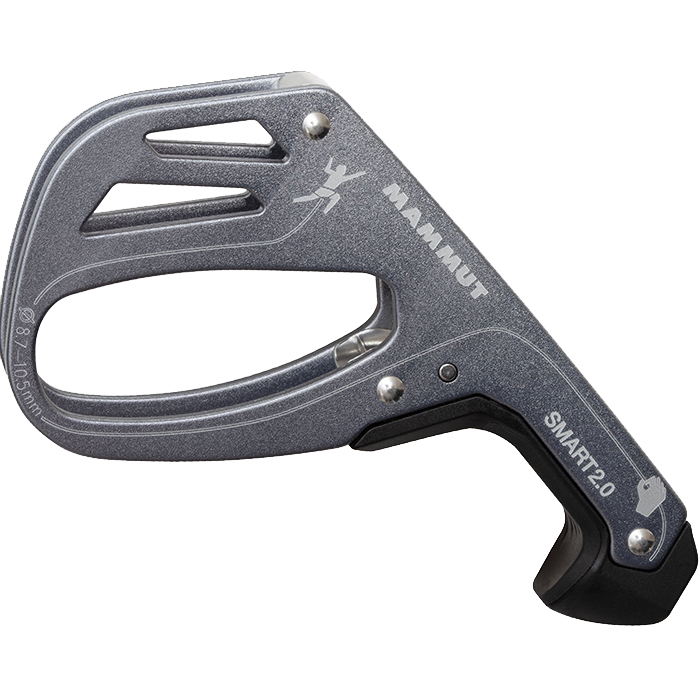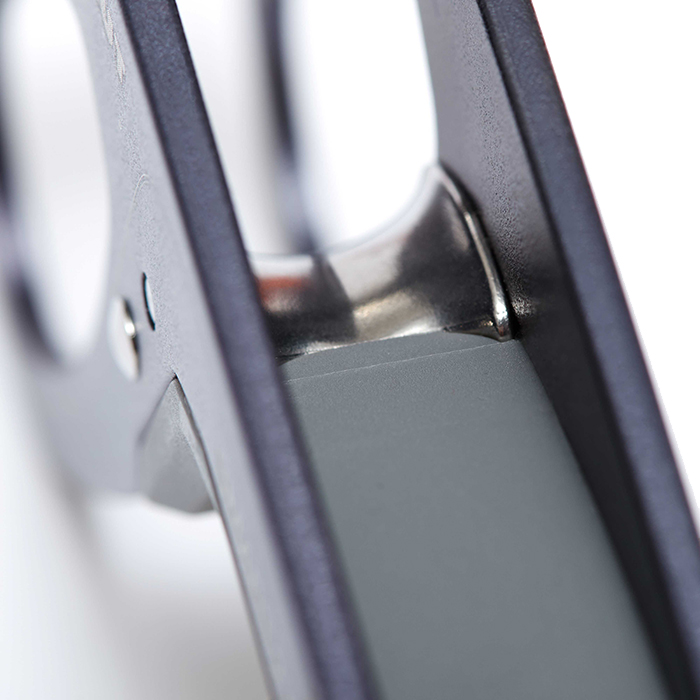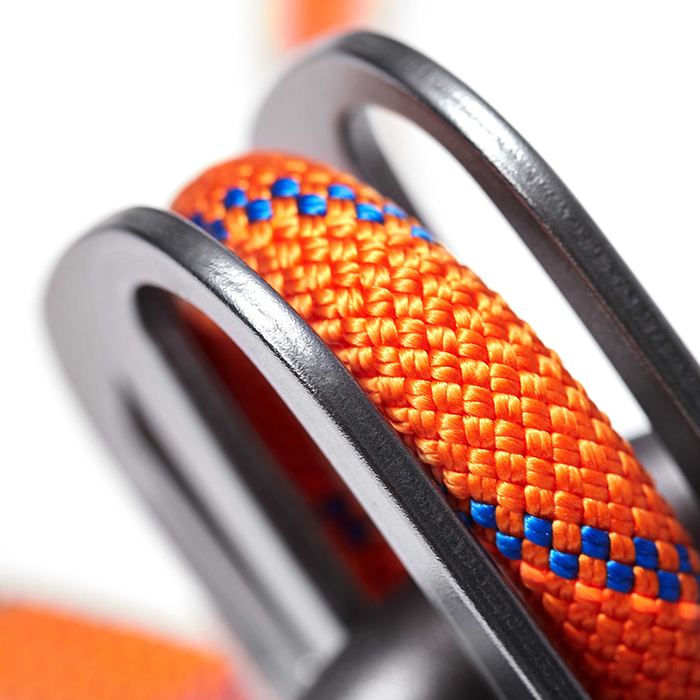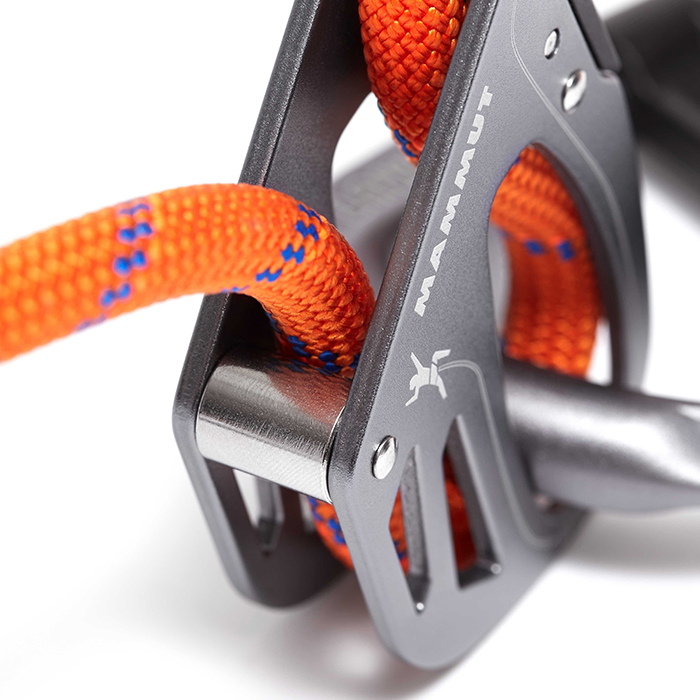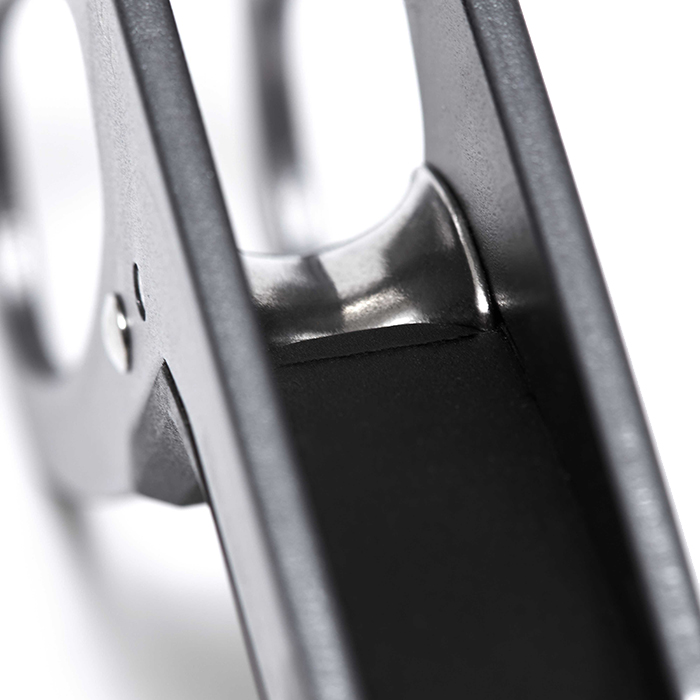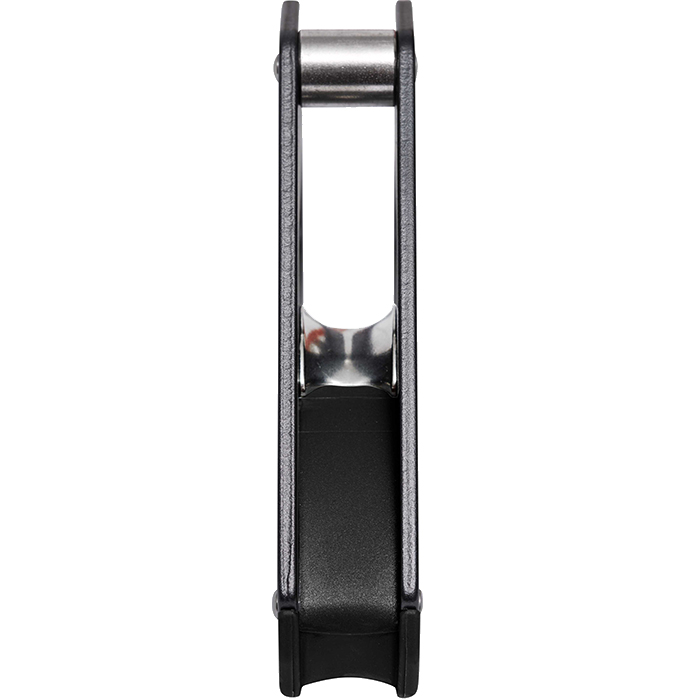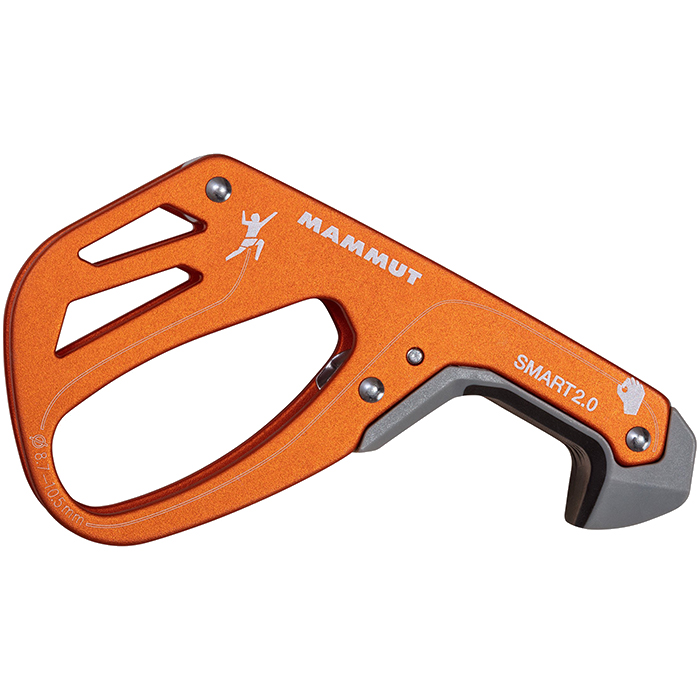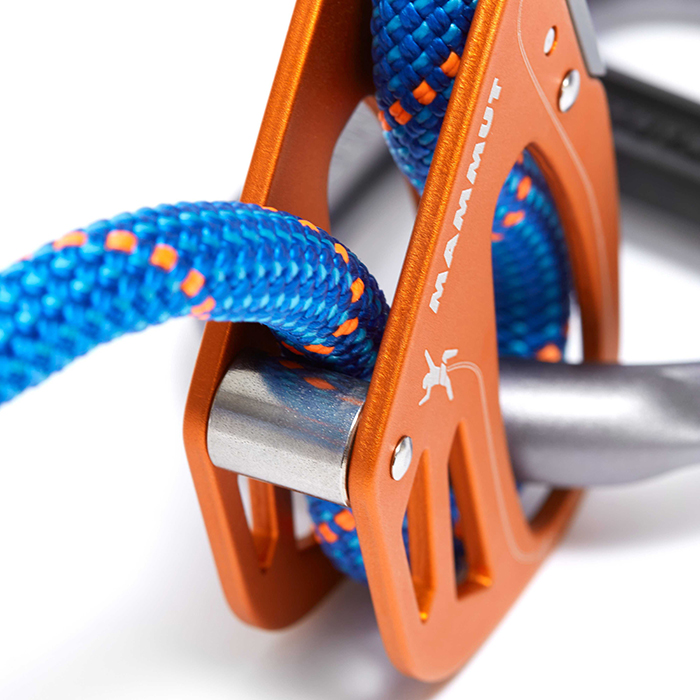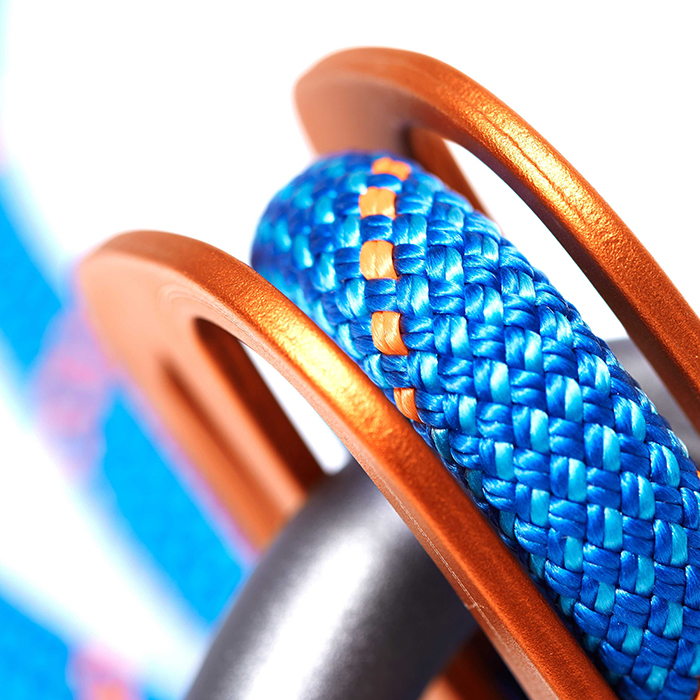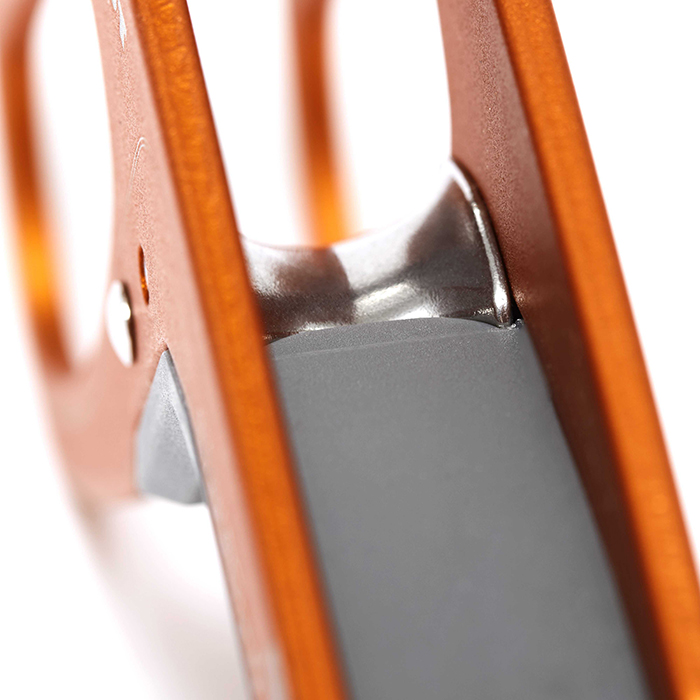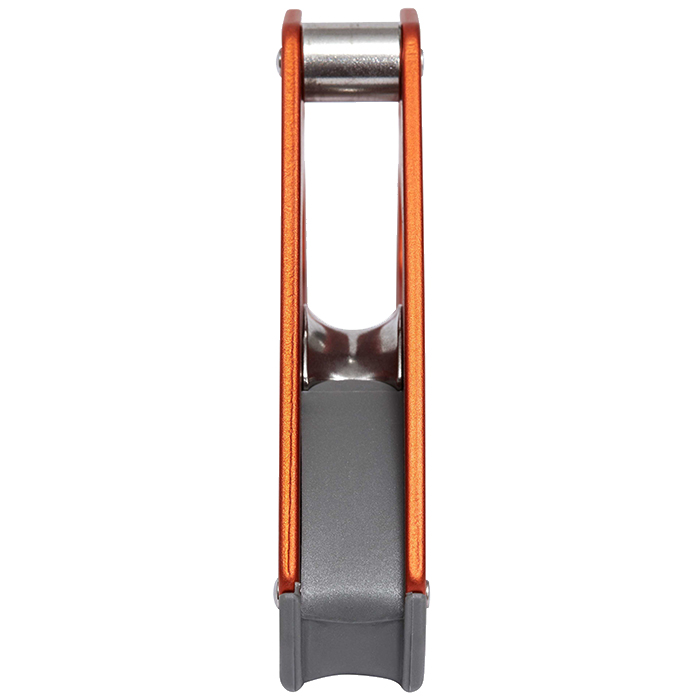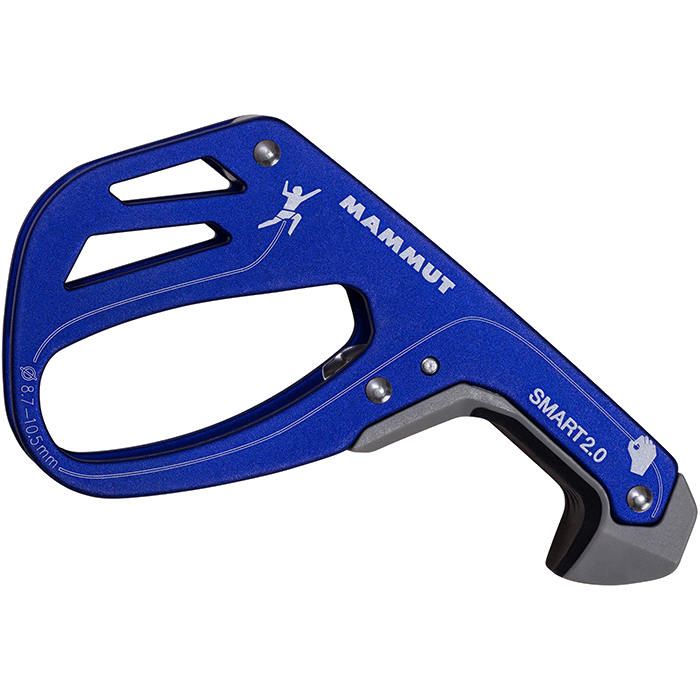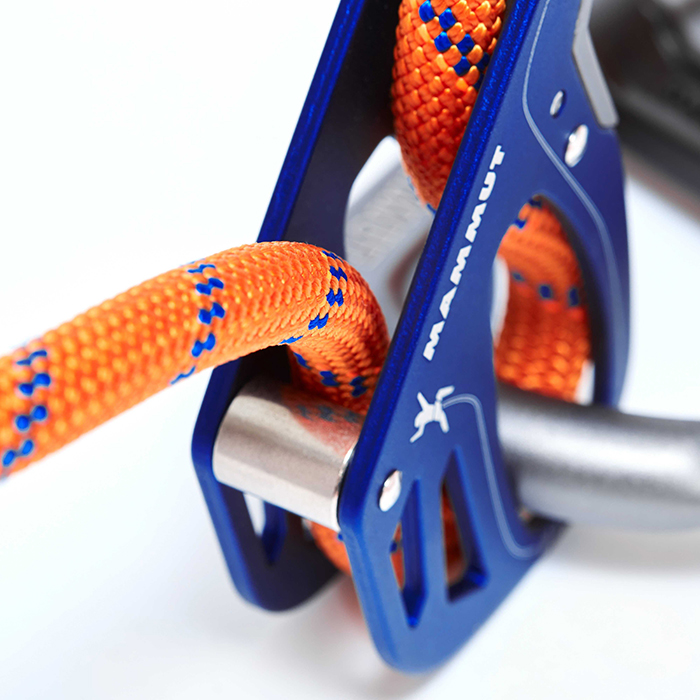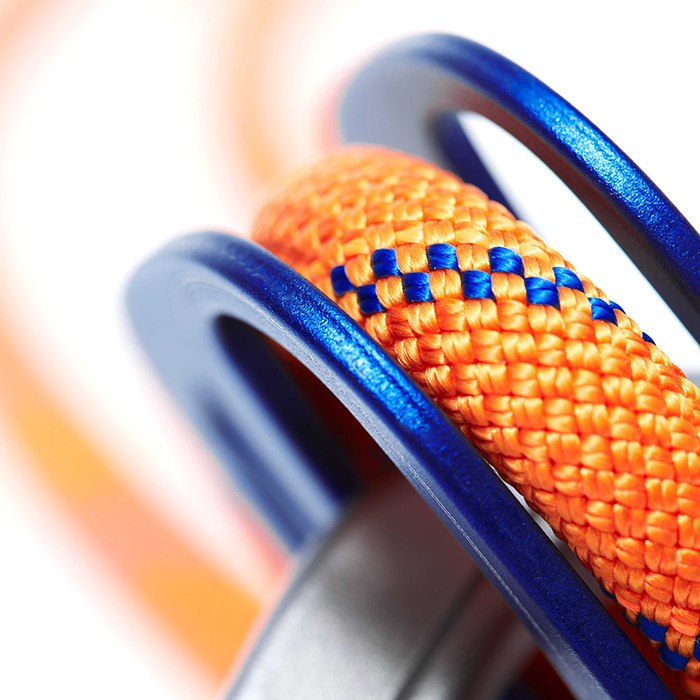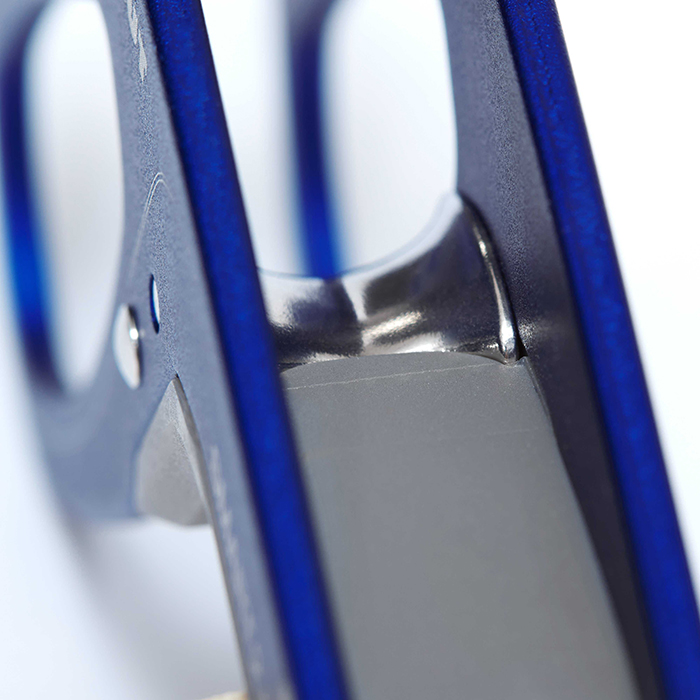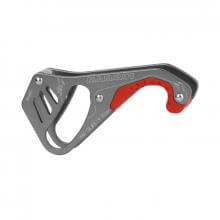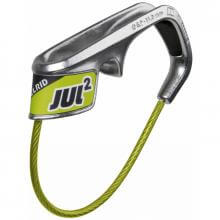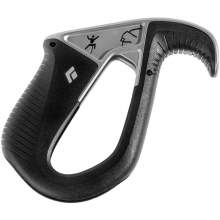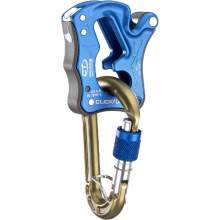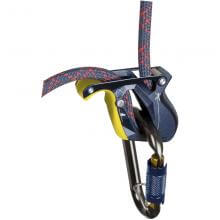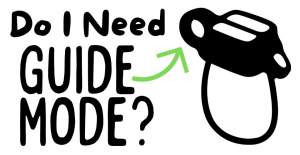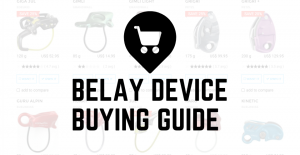Smart 2.0
Description
Intuitive belay device with reliable blocking of the climbing rope. The first generation of the Smart belay device was successfully launched in 2009. Built on the experience the new Smart 2.0 offers significantly improved braking effectiveness as well as optimized geometry and intuitive handling. The newly developed brake insert blocks the rope in the event of a fall. The belaying action of the Smart 2.0 is the same as the previous model and is therefore tailored to the belayer's reflex movements.
- As it operates according to the tube principle, the Smart 2.0 is therefore suitable for both lead climbing and top rope climbing.
- In the event of a fall, the Smart 2.0 blocks the climbing rope, with the newly developed high-performance brake insert interacting with the belay carabiner. It therefore offers the belayer optimal support and significantly improved safety.
- Mammut recommends use of the Smart HMS for the Smart 2.0.
Intuitive belay device with reliable blocking of the climbing rope. The first generation of the Smart belay device was successfully launched in 2009. Built on the experience the new Smart 2.0 offers significantly improved braking effectiveness as well as optimized geometry and intuitive handling. The newly developed brake insert blocks the rope in the event of a fall. The belaying action of the Smart 2.0 is the same as the previous model and is therefore tailored to the belayer's reflex...
read moreRetail price
When you click a link below and then checkout online, no matter what you buy (climbing gear or not), we get a small commission that helps us keep this site up-to-date. Thanks!
Device Type  |
Brake Assist - Tube |
Weight (g)  |
80 g |
Belay Brake Assist  |
Yes |
| Rope Options | 1 rope only |
Guide Mode  |
No guide mode |
Teeth  |
No |
Rope Range (mm)  | 8.7 mm - 10.5 mm |
Certification  |
UIAA |
Very good as you get used.
by anonymous on 03/3/2023Best Assisted Braking Device
by anonymous on 04/2/2020Passive assisted braking devices have elicited a lot of "whys?" from people when they spotted us testing them out at the crag. Think of them as a cross between a GriGri and an ATC. If you're partial to tube-style devices but want some extra holding power and security, then the Smart 2.0 is a great choice. If you've always used a GriGri but are open to trying something lighter and less expensive, the Smart also fills that bill.
Well, I have to say that the first time I took the Smart 2.0 to the climbing wall and belayed a lead climber I did find it a little tricky. General paying out of the rope wasn’t a problem, but I found it hard to smoothly feed out rope when they wanted to quickly pull some through to clip protection - initially both my partner and I were getting a bit frustrated because they wanted rope quickly and I struggled to provide it. This isn’t a problem exclusive to the Smart device though and, infact, every assisted-braking device I have used has this tendency because, at the end of the day, they are designed to brake.
This new iteration of the Smart (the 2.0 hit shelves earlier this year, while the original debuted in 2009) has more ergonomic geometry than its predecessor. The device requires you to tilt the nose up or down with your brake hand depending on whether you’re letting out slack or not. The new shape of the device allows smoother braking and unlocking the device from the brake position is easier. Your brake hand’s thumb rests on the underside of the device, which has a new rubber insert to make it more comfortable. There is also a new steel insert within the device that helps the device brake even better.


